There are many different hunting cats, each with unique abilities and strengths. Some hunters prefer big, powerful cats that can jump high and run fast; others prefer smaller, more agile felines that can stay hidden in the brush for hours. Whichever type of hunting cat you choose, be sure to research your specific breed before heading out into the field to try it out!

Source: google.com
Why Do Domestic Cats Go Hunting For Prey?
The domestic cat is a predatory species that hunt for food. Domestic cats, like their wild forebears, are specialised solitary hunters. Cats were usually used as pest controllers rather than companions until recently. Only the best hunters could survive and breed at this time, implying that our pet cats today are derived from the most skilled hunters. We have done relatively little selective breeding of cats (compared to dogs) and have limited influence over their reproduction in general. Thus the instinctual drive to execute hunting behaviour remains high.
Cats are classified as ‘obligate carnivores.’ Cats must consume meat to thrive and meet their distinct and unique nutritional requirements. Because cats hunt alone, their prey is small because that is all they can catch on their own. Small mammals and birds are the most common prey for cats. Some cats are also adept at catching larger prey, such as rabbits. Due to their small prey size, cats must kill numerous times in a 24-hour period to meet their daily energy requirements. A cat that receives no additional food from its owner can kill up to 20 times daily.
Due to this natural feeding habit, cats have evolved to eat small amounts of food frequently.
Despite being specifically equipped to hunt for food, domestic cats will frequently seek out alternative food sources, such as food discovered through scavenging or, in the case of pet cats, food provided by their owners.
What Methods Do Domestic Cats Use To Hunt?
Cats typically approach prey by stalking it. This requires the cat to be crouching with its head outstretched. Slow movements are utilised in the initial approach, which may accelerate to a sprint when the cat comes closer to the prey. As the cat gets close enough to the prey to grab it, it comes to a halt and prepares to leap forward. You may notice the cat tensing up before sprinting and jumping forward to hit the prey with one or both of its front paws.
Depending on the individual’s hunting expertise, you may notice your cat participating in some but not all of the hunting behaviours in the sequence. Owned cats frequently capture their prey but do not necessarily kill and consume it, which can be frustrating, especially for nature enthusiasts. What are the reasons for this behaviour?
The Top Ten Hunting Cats
Maine Coon
This cat breed has been on the North American continent since the United States was founded. The Colonial Americans valued the Maine Coon for its excellent hunting abilities and kept them on homesteads to keep rodents at bay. The Maine Coon is still considered an excellent hunter and house pet.
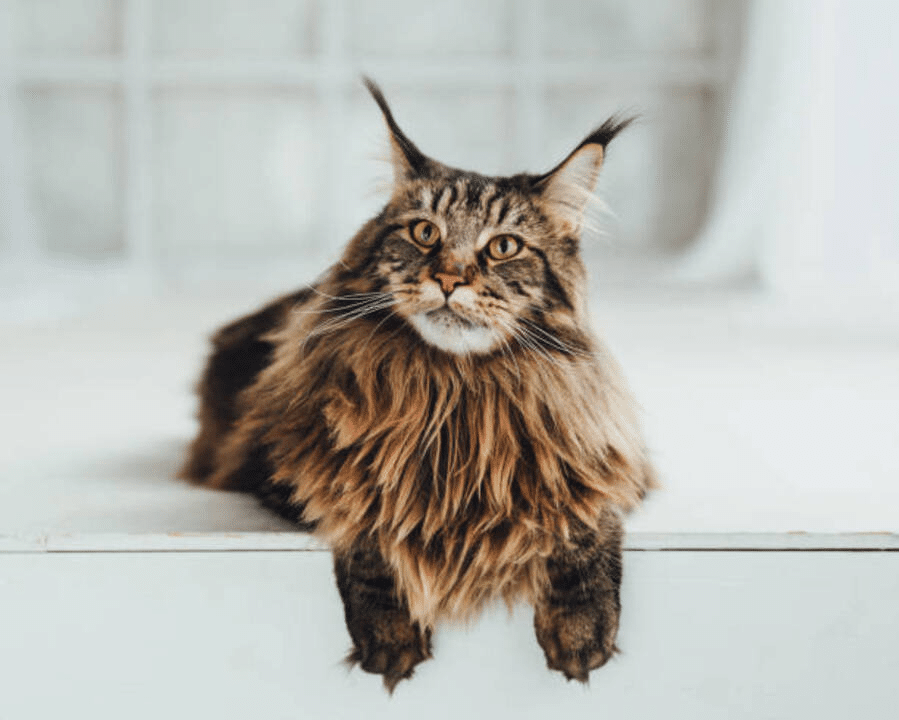
Source: google.com
American Shorthair
The American Shorthair cat breed originated in the United Kingdom and subsequently spread to the United States of America. This cat breed has been around for about 300 years and was initially used on ships to eradicate mouse and rat populations. While keeping mice at bay, these hunters also form a caring and affectionate household cat breed.
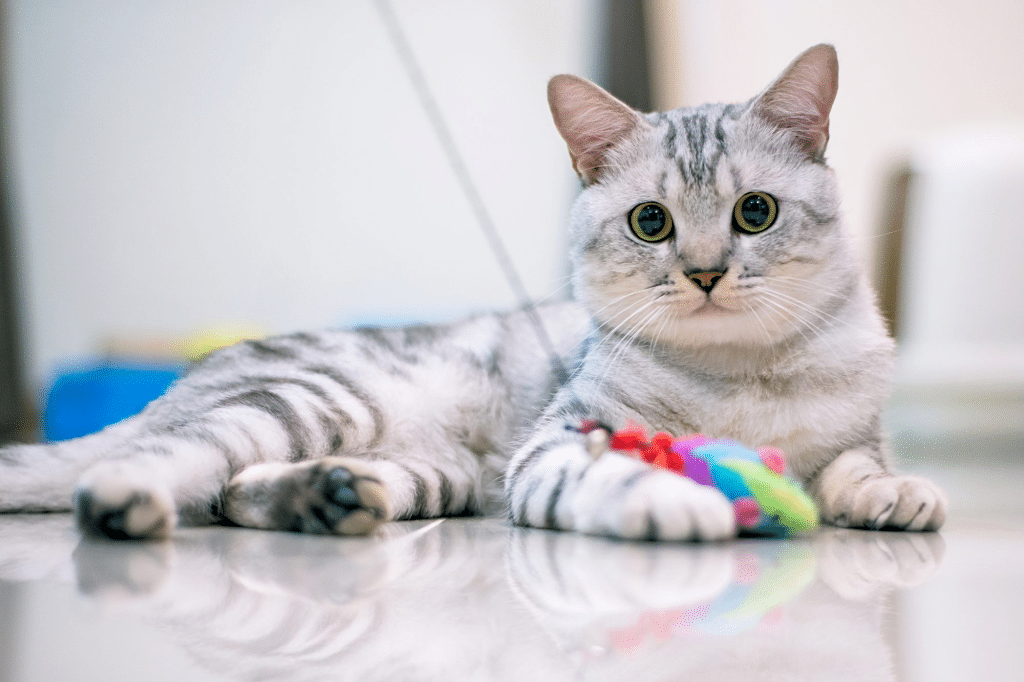
Source: google.com
Japanese Bobtail
Japanese Bobtails are born mice hunters. Historically, most of this cat breed’s population was produced by Korean silk manufacturers to control mouse populations. Japanese Bobtail cats are amiable and lively, making them excellent household cats. Mice rarely survive in the presence of a Japanese Bobtail cat.
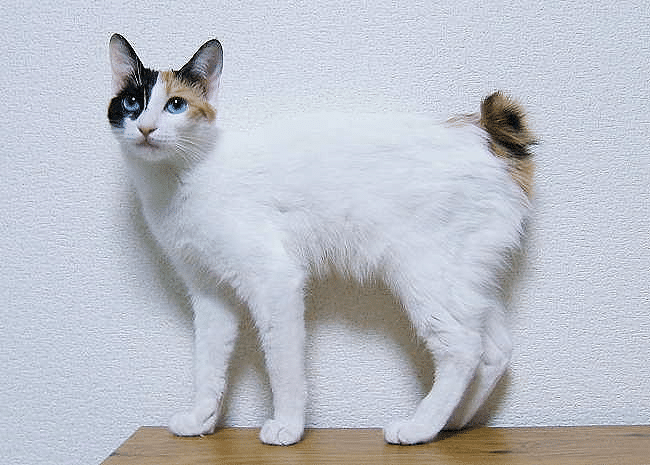
Source: google.com
Persian
Persians are an excellent alternative for cat owners looking for a beautiful cat with a soft and luxurious coat. The Persian is not only a lovely cat breed to keep, but they are also excellent mousers. These cats hunt mice and destroy them rapidly and efficiently. This cat breed is highly recognised for its intellect, although it appears unphased by everything around it. Female Persian cats have the instinct to hunt rodents and other small prey, so if you want an appealing mouser, choose a female Persian cat.

Source: google.com
Bengal
The Bengal cat is among the most enigmatic and active cat breeds. They are expert hunters who can catch any mouse within smelling distance and relish the pleasure of hunting and killing mice. The Bengal cat breed was first brought to the world in the 1960s when an Asian Leopard cat was crossed with a domesticated cat. Domestic Bengals are natural hunters since their forefathers’ genes still run through their blood.
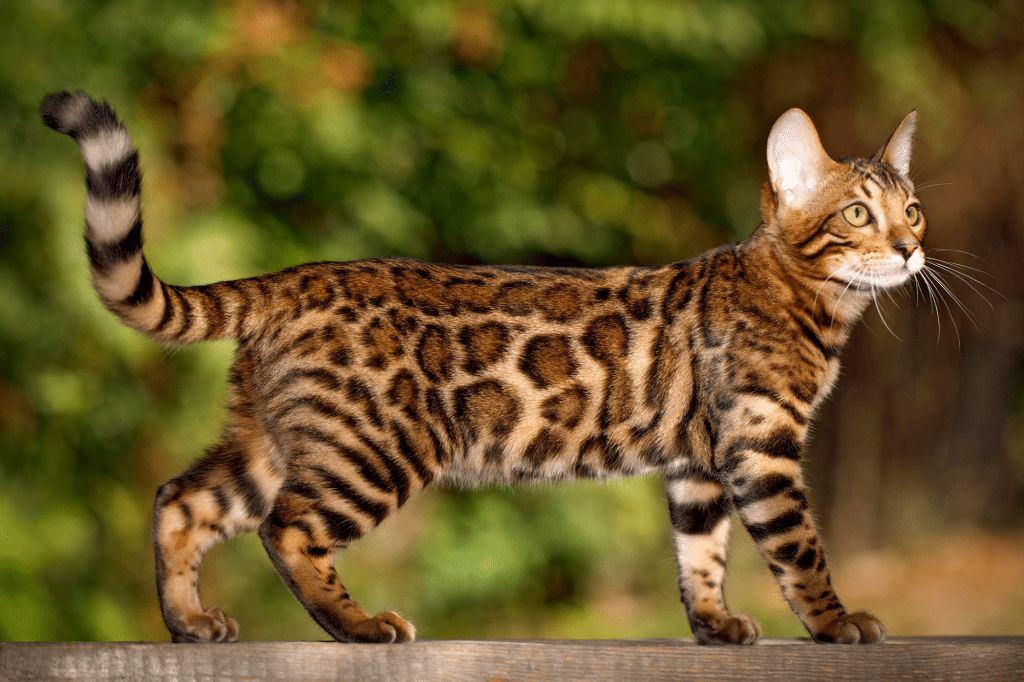
Source: google.com
Siamese
The Siamese cat was the preferred choice of Thailand’s royal family. This cat breed has long been famous for catching rats, mice, and other rodents. This royal cat breed is a great hunter with excellent hunting instincts for identifying and eliminating pests like rats. The Siamese are famous worldwide for their ability to hunt mice.
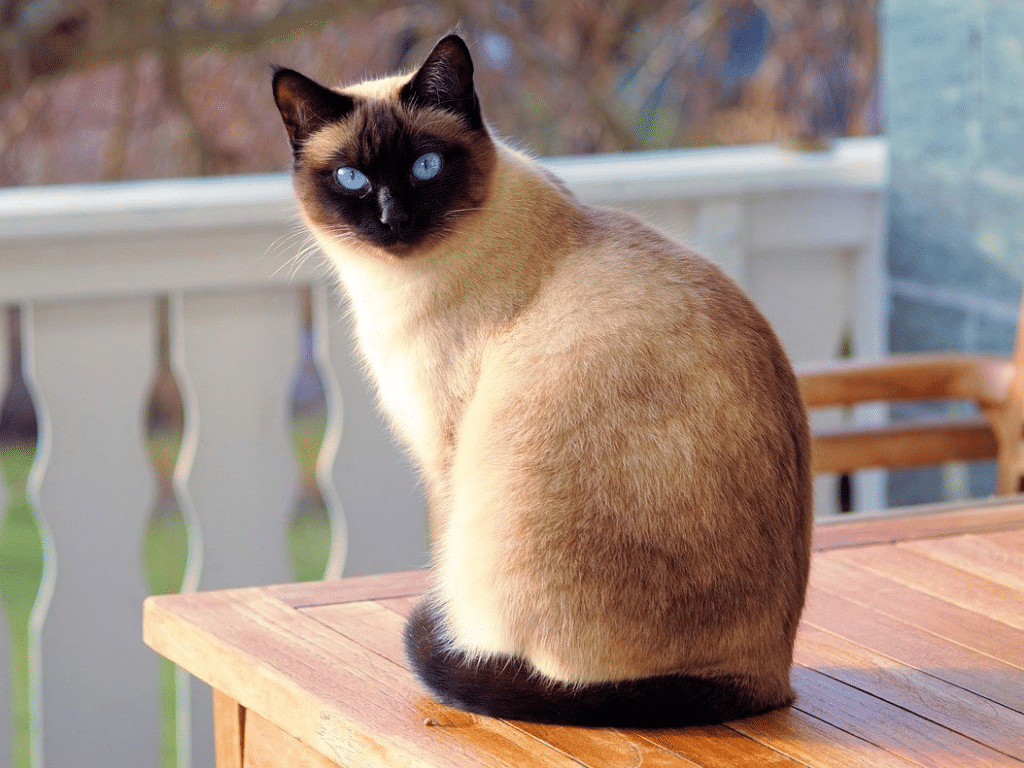
Source: google.com
Siberian
The Siberian cat breed originated in Russia and Siberia, making it ideal for owners looking for a cat that can withstand colder conditions. Although the Siberian is huge and fluffy, it is a very skilled and quick hunter, making it ideal for catching mice and other large rodents like rats.

Source: google.com
Manx
The Manx cat breed is named after the Isle of Man, an island located between England and Ireland. This cat breed used to cruise on ships, where they would deal with any mouse infestations. They are a competent hunter who has earned the reputation of being a terrific mouse catcher. Farmers also relied on Manx cats to keep vermin out of their fields.
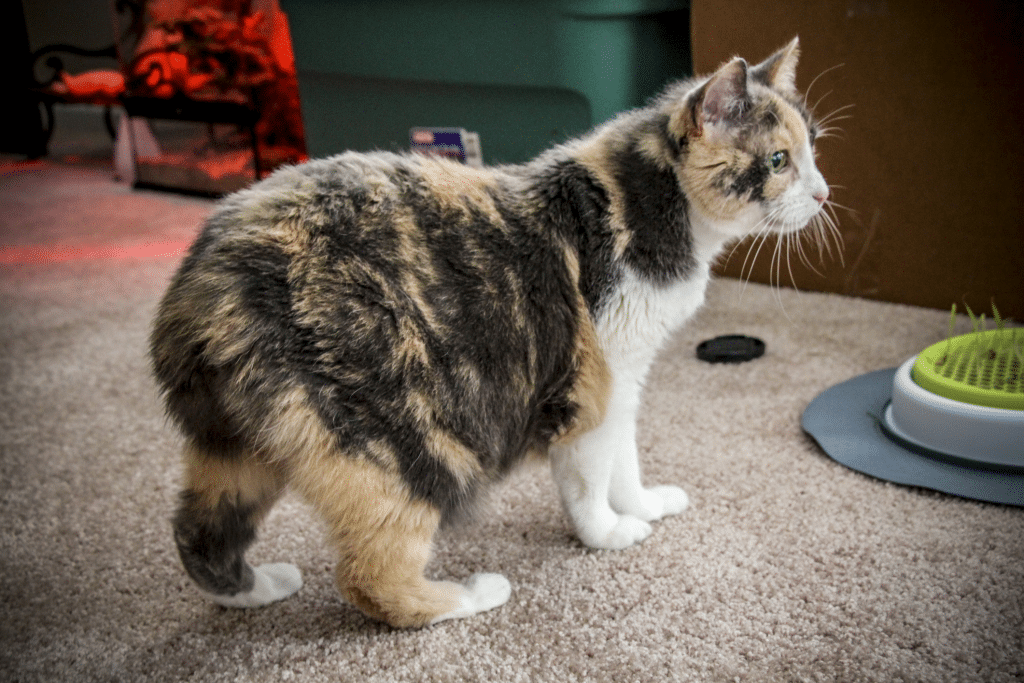
Source: google.com
Chartreux
The Chartreux is a cat breed native to France. They enjoy playing with their owners and communicating, but they also have a serious side, especially when hunting rodents. This cat breed is born with an inherent hunting instinct. They are agile, muscular, and highly swift, making them ideal for catching mice and other fast rodents.

Source: google.com
Turkish Angora
Turkish Angora cats are a Middle Eastern cat breed native to Turkey. This is not an artificial cat breed created through selective breeding but rather a naturally occurring cat breed. These domesticated cats retain their natural hunting instincts. Turkish Angora cats are beautiful and deadly predators who can readily catch their prey. This cat breed is not only physically strong and fast enough to capture mice, but they are also quite intelligent.
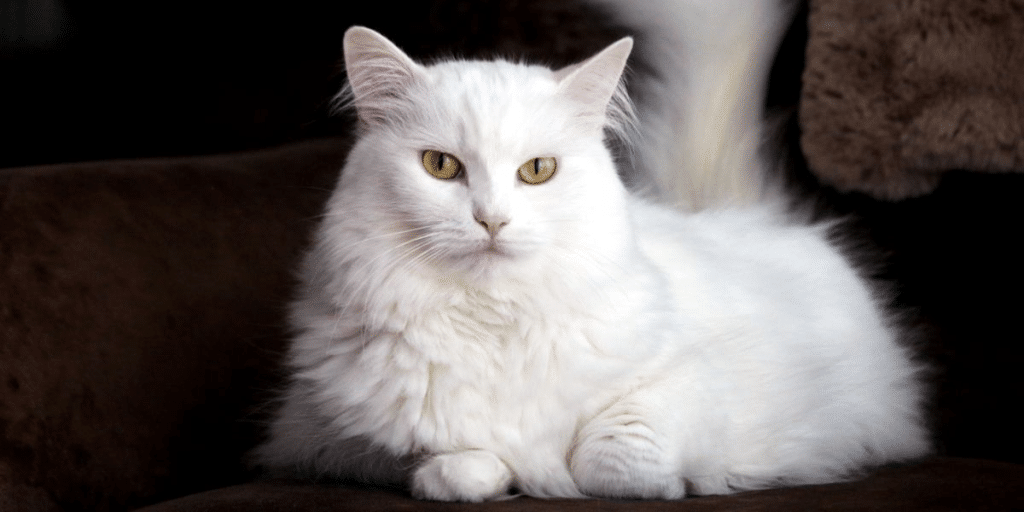
Source: google.com
Is It True That Hunting Is Usually Motivated By Hunger?
Cats, like humans, are motivated to eat when they are hungry. On the other hand, the urge to pursue prey is only partially tied to hunger. This is because cats, as a species that hunts alone (rather than in groups), rely entirely on themselves to supply adequate food. It is instinctive. Due to the difficulty of seeking and obtaining prey, cats would be at risk of starving to death if they waited until they were hungry. Each hunting attempt is assessed to have a less than 50% chance of success.
Similarly, when a cat grows hungry, it is not guaranteed that prey may be available. As a result, cats have learned to be opportunistic in their feeding, which means that their activity patterns will shift depending on food availability. As a result, if the chance to hunt presents itself, a cat will engage in predatory behaviour, whether or not they are hungry at the moment.
One aspect of a cat’s hunting behaviour is tied to hunger, whether or not the cat kills the prey they have trapped. Cats are significantly more likely to kill and consume prey if they are hungry at the time of hunting than if they have eaten well before hunting. This explains why many cats hunt but do not necessarily kill or consume the prey they catch, preferring to carry it home and leave it.
Because cats are opportunistic, if a second predatory chance presents itself quickly after catching and killing prey, they will undoubtedly participate in other predatory behaviour. We can assume that this is because the benefits of having a second meal outweigh the risk of losing the first.
According to studies, wild and unowned cats are more prone to hunt than cats fed commercial cat food. The average well-fed pet cat only hunts for about 3 hours every day. An unowned, feral cat with no food supplementation may hunt for up to 12 hours daily. As a result, feeding our pet cats reduces hunting behaviour.
Cats may also be driven to hunt to provide more variety in their diet, as many owners report seeing their pet cat hunt immediately after eating cat food. Cats are naturally neophilic, so they enjoy trying new and varied foods. If cats are frequently fed the same food, they may seek variation by hunting.
This explains why cats frequently bring prey home but do not always kill or consume it. Owners frequently interpret this as their cat bringing them ‘presents,’ but the cat is more likely to prefer their delectable cat food to the prey they caught.
Conclusion
Cats are excellent natural mouse exterminators. Cats are used to catch and kill mice by their owners instead of them resorting to the more perceived-to-be inhumane use of pesticides and other dangerous chemicals. Mice who come into contact with any smell linked to your cat will flee and never return.
For more related information, click here.
FAQs
Are male or female cats better mousers?
Female cats are better mouse-killers than male cats. This is because they have the instinct to hunt and be active. Female cats are also more likely to hunt smaller prey, such as mice, rats, and birds.
Male cats tend to be lazier and more inactive than female cats. They will also go after larger prey, such as rabbits and squirrels.
How effective are cats at killing mice?
Cats are known for their hunting abilities. They are also good at killing mice. Cats have been used as pest control for more than 9,500 years. Humans domesticated them in the Near East and Egypt around 10,000 years ago.
Using cats to kill mice is an effective method because they are natural predators of these rodents. Cats have the instinct to hunt and kill mice, which makes them the perfect solution for small rodent infestations in homes or businesses without causing any harm to humans or other animals in the area.
